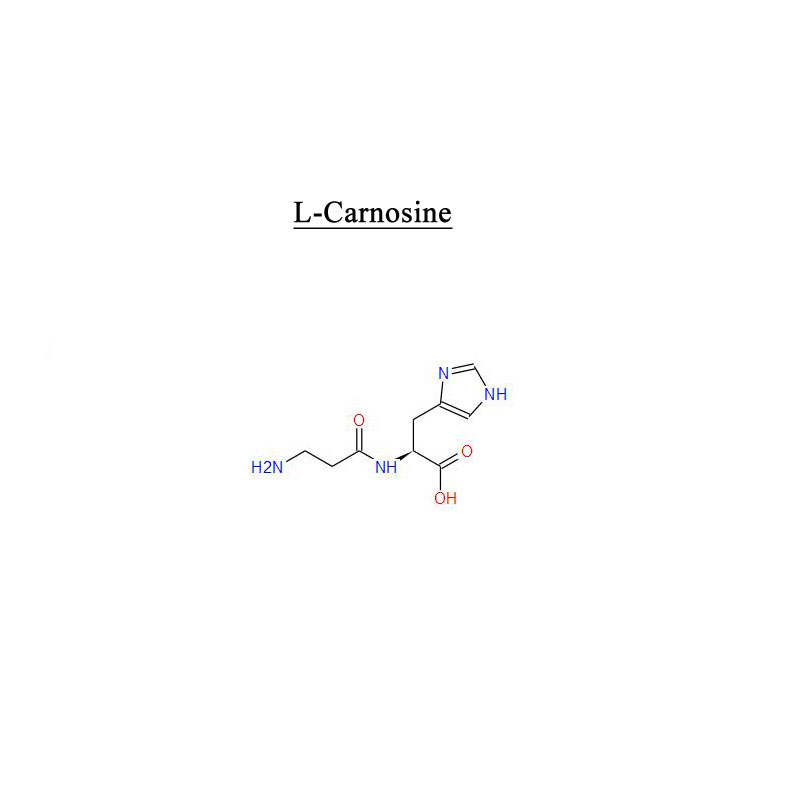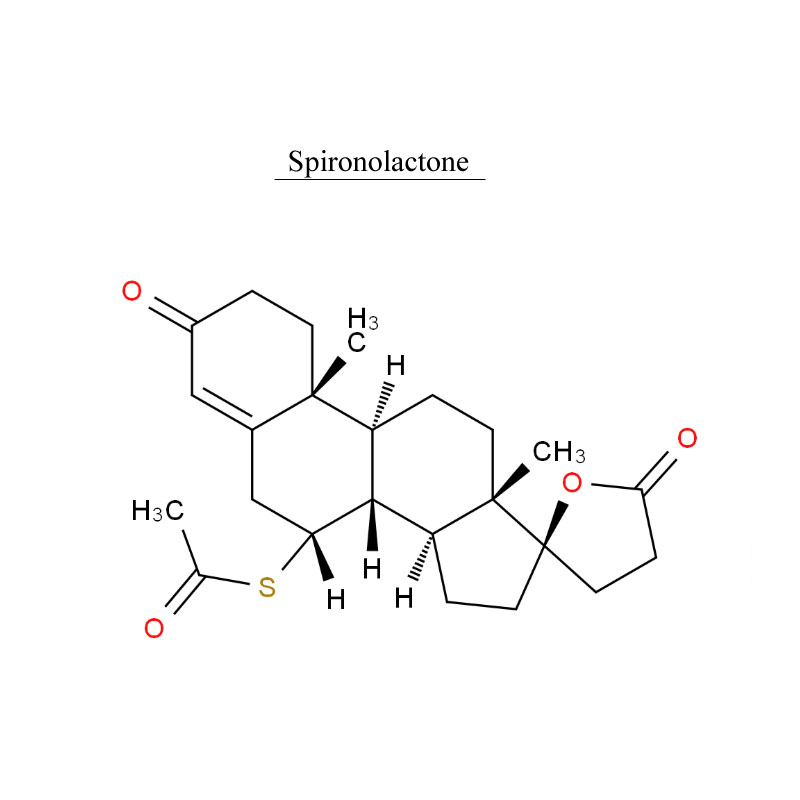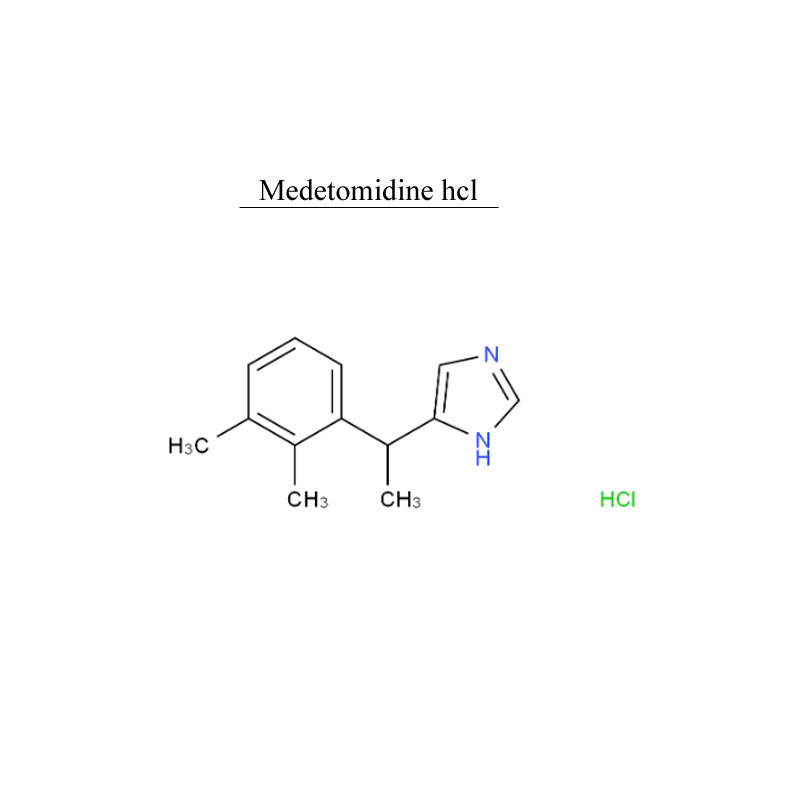L-Carnosine 305-84-0 Skin brightening Anti-aging
Payment: T/T, L/C
Product Origin: China
Shipping Port: Beijing/Shanghai/Hangzhou
Order (MOQ): 1kg
Lead Time: 3 working days
Production capacity: 1000kg/month
Storage condition: Stored in cool, dry place, room temperature.
Package material: drum
Package size: 1kg/drum, 5kg/drum, 10kg/drum, 25kg/drum

Introduction
Carnosine is a protein building block that is naturally produced in the body. It is concentrated in muscles when they are working, and it is also found in the heart, brain, and many other parts of the body.
Carnosine is used to prevent aging and for preventing or treating complications of diabetes such as nerve damage, eye disorders (cataracts), and kidney problems.
It plays a crucial role in the production of energy by transporting fatty acids into your cells’ mitochondria (1Trusted Source, 2Trusted Source, 3Trusted Source).
The mitochondria act as engines within your cells, burning these fats to create usable energy.
Your body can produce L-carnitine out of the amino acids lysine and methionine.
For your body to produce it in sufficient amounts, you also need plenty of vitamin C (4Trusted Source).
In addition to the L-carnitine produced in your body, you can also obtain small amounts by eating animal products like meat or fish (5Trusted Source).
Vegans or people with certain genetic issues may be unable to produce or obtain enough. This makes L-carnitine a conditionally essential nutrient (6Trusted Source).
Carnosine is a substance produced naturally by the body. Classified as a dipeptide, a compound made up of two linked amino acids (in this case alanine and histidine), carnosine is highly concentrated in muscle tissue and in the brain. It's also present in significant concentrations in beef and fish, and in lower concentrations in chicken.
Specification (assay 99% up by HPLC)
|
Items |
Specifications |
|
Appearance |
Off-white or white powder |
|
HPLC Identification |
Consistent with the reference substance main peak retention time |
|
Specific rotation |
+20.0°~+22.0° |
|
Heavy metals |
≤10ppm |
|
pH |
7.5~8.5 |
|
Loss on dry |
≤1.0% |
|
Lead |
≤3ppm |
|
Arsenic |
≤1ppm |
|
Cadmium |
≤1ppm |
|
Mercury |
≤0.1ppm |
|
Melting point |
250.0℃~265.0℃ |
|
Residue On ignition |
≤0.1% |
|
Hydrazine |
≤2ppm |
|
Bulk density |
- |
|
Tapped density |
- |
|
L-Histidine |
≤0.3% |
|
Assay |
99.0%~101.0% |
|
Total aerobic counts |
≤1000CFU/g |
|
Mold &Yeast |
≤1000CFU/g |
|
E.Coli |
Negative |
|
Sa1monella |
Negative |








